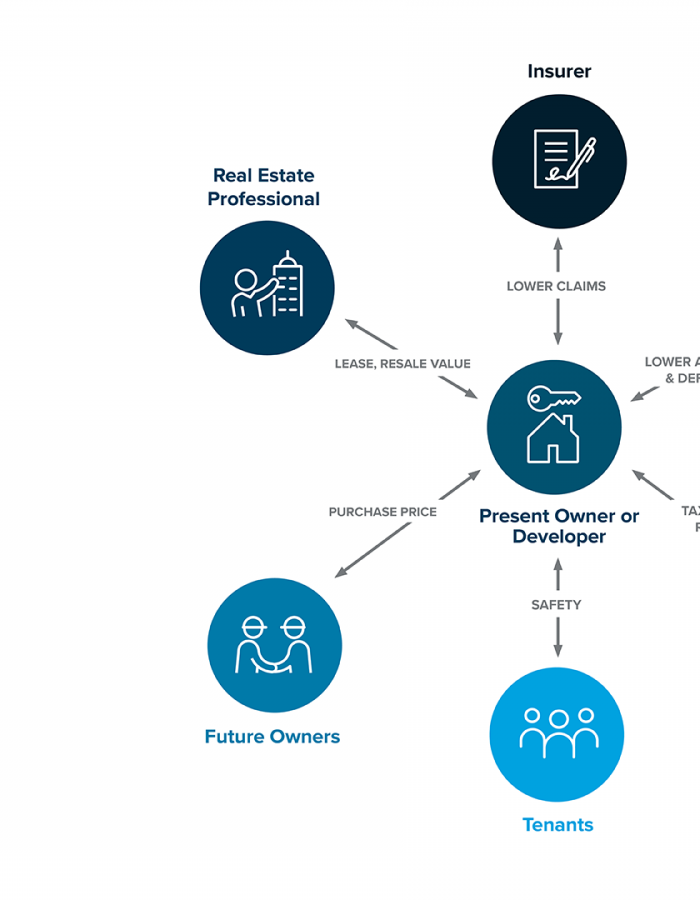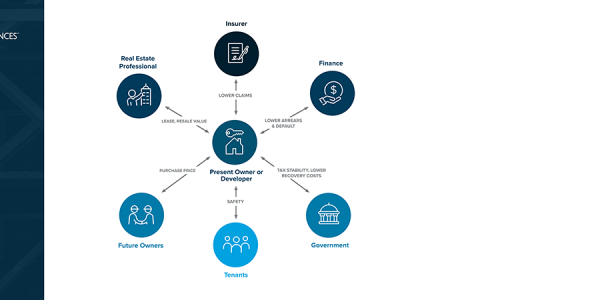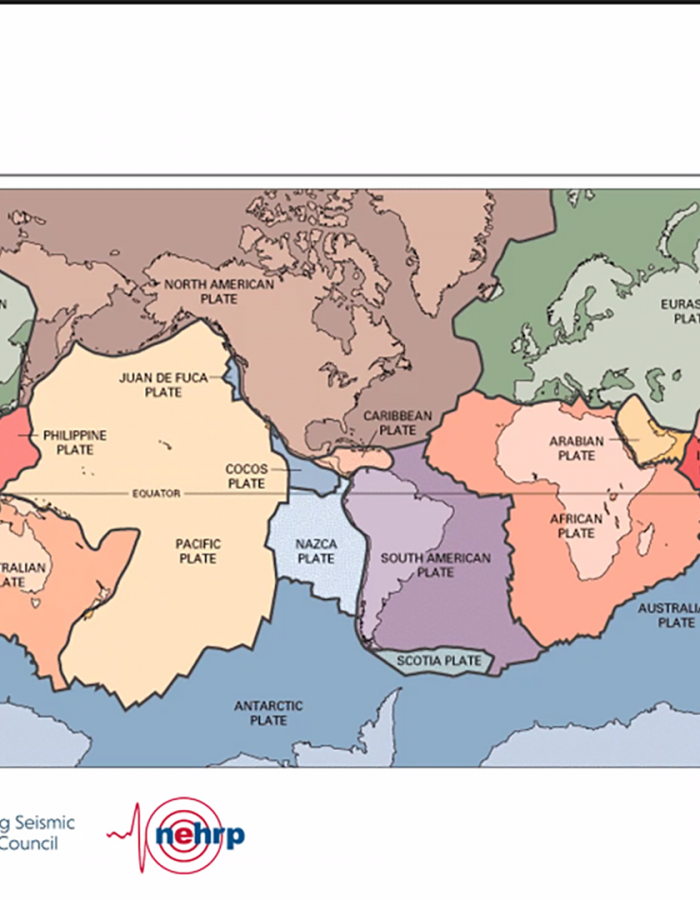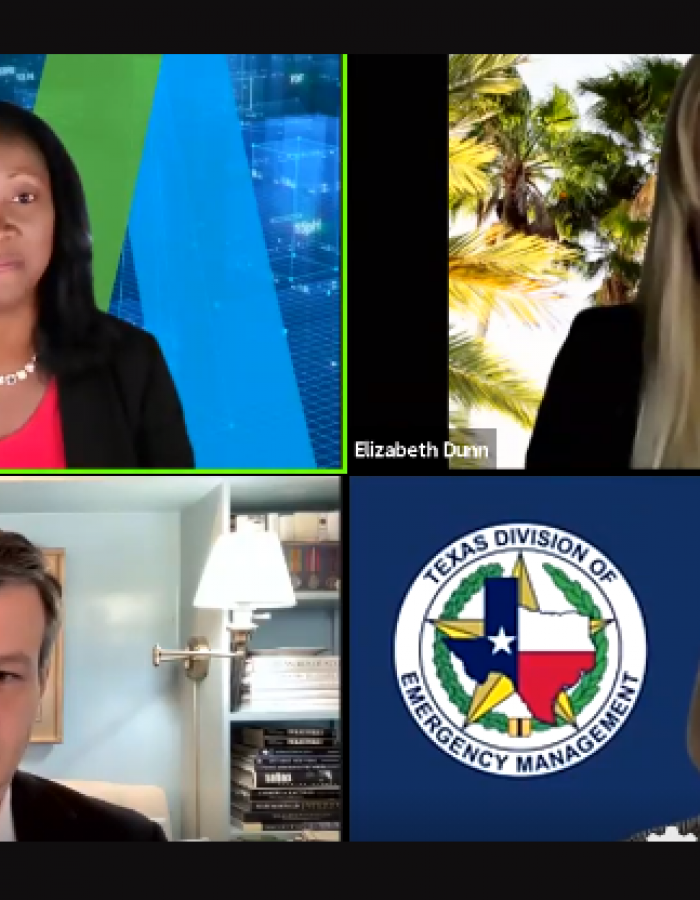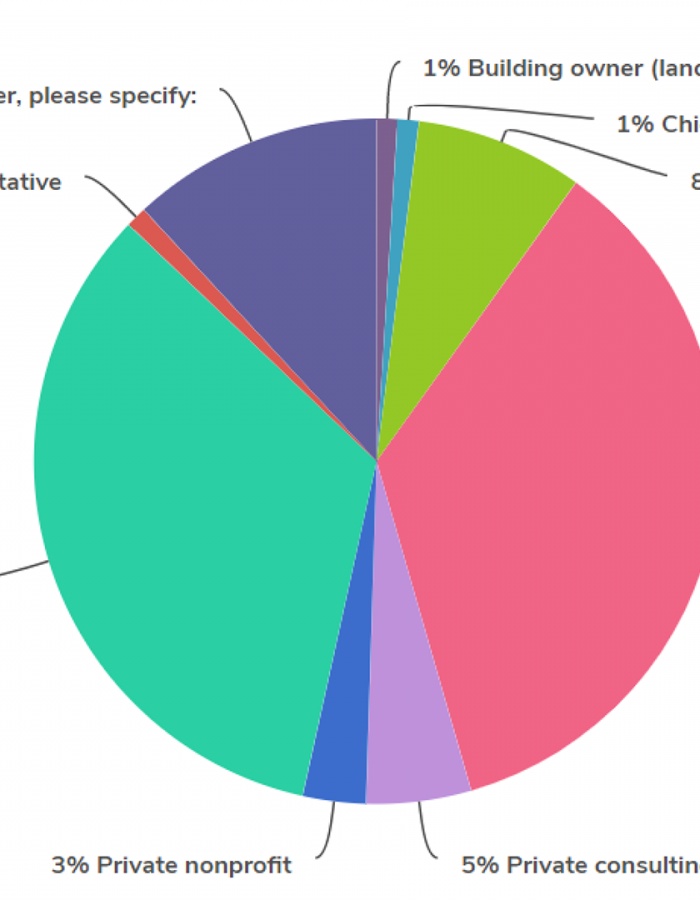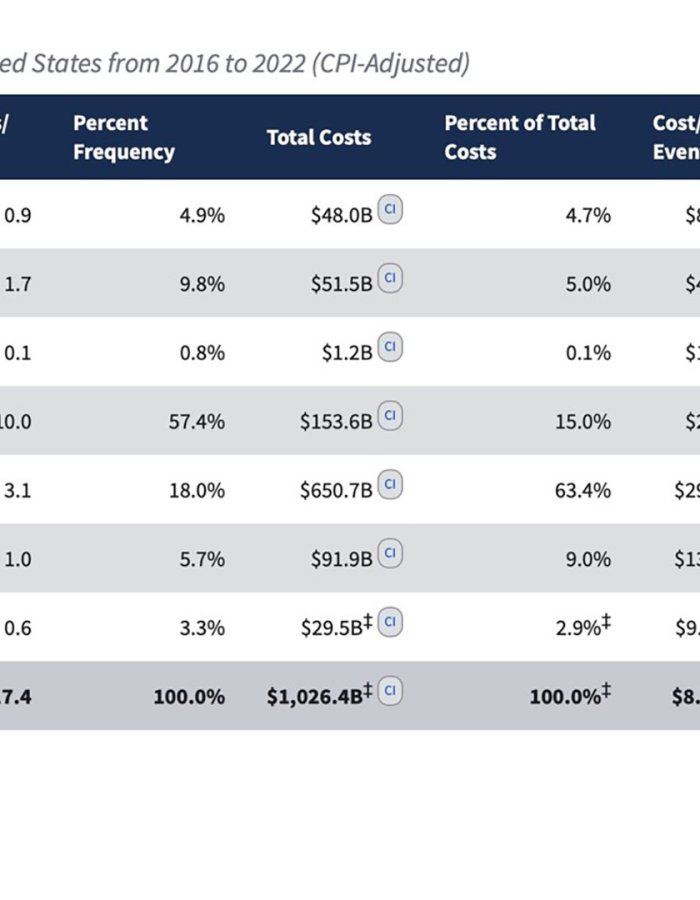
Last week, the National Oceanic and Atmospheric Administration reported the US surpassed $1 trillion in losses and 5,000 deaths from 122 separate billion-dollar disasters over the past seven years. These eyewatering losses demonstrate the need to redouble our collective efforts to reduce disaster impacts.


